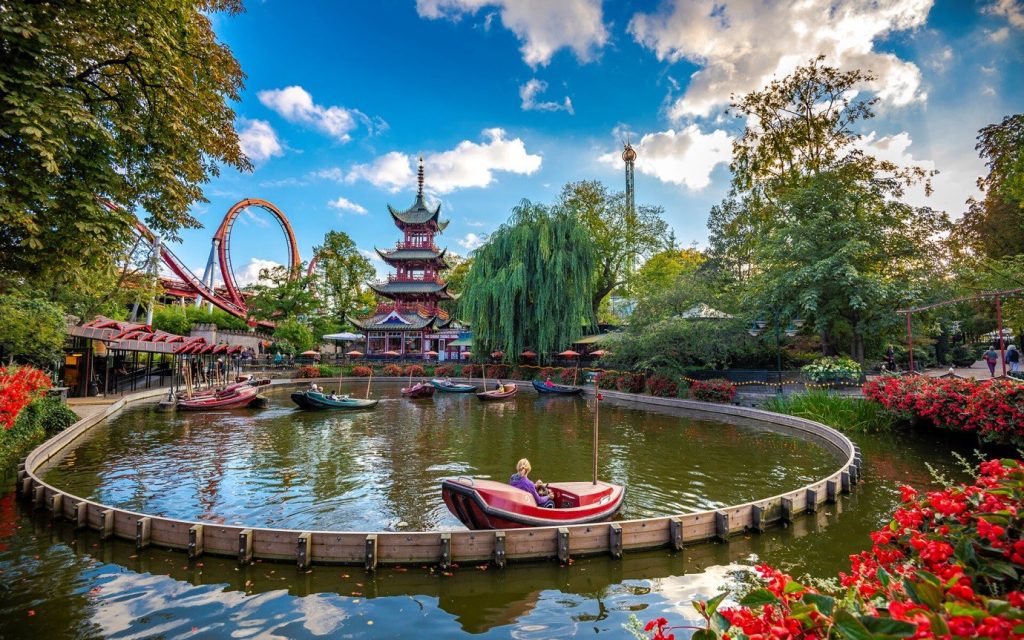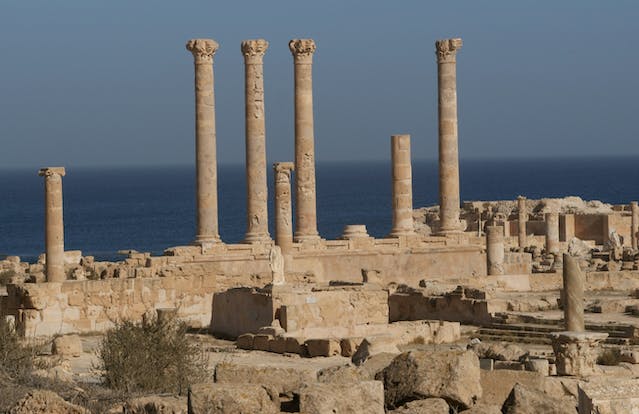Libya, located in North Africa, is a country filled with rich history and natural beauty. Despite being a country that has been affected by political instability and conflict, it still boasts several tourist attraction sites.
Leptis Magna
Leptis Magna is an ancient Roman city that dates back to the 7th century BC. It was once a significant trading post for the Roman Empire and is now a UNESCO World Heritage Site. The city contains several well-preserved structures, including a theater, market, and basilica. Visitors can also see the remains of the ancient city walls and gates. (UNESCO, n.d.)
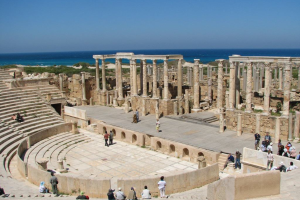
Sabratha
Sabratha is another ancient Roman city located on the coast of Libya. It is also a UNESCO World Heritage Site and is known for its well-preserved Roman theater, which is still used for performances today. Visitors can also explore the remains of the city’s forum, basilica, and temples. (UNESCO, n.d.)
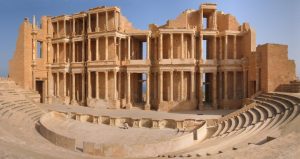
The Sahara Desert
The Sahara Desert is one of the largest deserts in the world, covering most of North Africa. Visitors to Libya can explore the Libyan section of the desert, which offers stunning landscapes and a unique cultural experience. Tourists can go on camel treks and experience traditional Bedouin life. They can also visit the desert oases and see the ancient rock art that has been preserved in the area. (Lonely Planet, n.d.)

Ghadames
Ghadames is a UNESCO World Heritage Site that is located in the northwest of Libya. It is an ancient city that dates back to the 4th century BC and is known for its distinctive architecture. The city is famous for its mud-brick houses, which are designed to keep the interiors cool in the hot desert climate. Visitors can explore the narrow alleyways and visit the local markets, which sell traditional handicrafts. (UNESCO, n.d.)
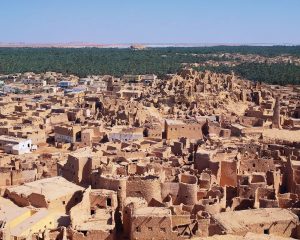
Benghazi
Benghazi is the second-largest city in Libya and is known for its rich cultural heritage. The city has several museums that showcase Libya’s history, including the Benghazi Ethnographic Museum and the Islamic Museum. Visitors can also explore the city’s ancient ruins, including the remains of the Greek city of Cyrene. Benghazi is also home to several beautiful beaches, including the popular Lido Beach. (Lonely Planet, n.d.)
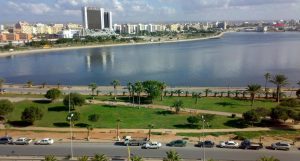
In conclusion, Libya has several tourist attractions that offer visitors a unique experience. From ancient Roman cities to the vast Sahara Desert, Libya has something for everyone. Despite the political instability, these tourist attractions continue to attract visitors from all over the world.



